
Delving into the depths of our planet’s oceans reveals a world filled with remarkable creatures, none more so than the female blanket octopus, a true marvel of the marine world.
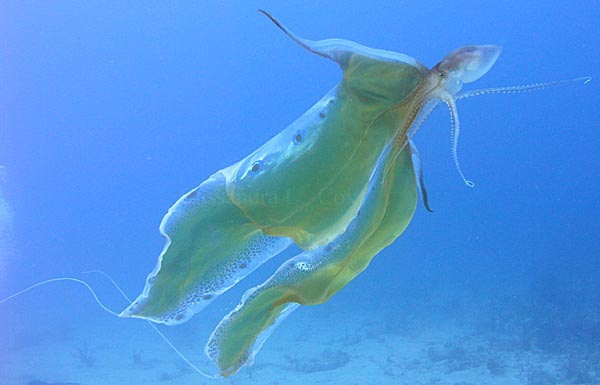
This spectacular species has drawn the attention of marine biologists and nature enthusiasts alike with its superhero-like abilities and extraordinary life cycle.
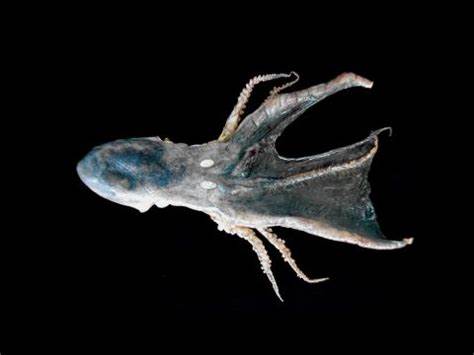
Embarking on a blackwater dive in the Lembeh Strait off the coast of Indonesia, divers encountered a sight reminiscent of comic book splendor: a female blanket octopus gliding through the water, her colorful, flowing cape trailing like the garb of Supergirl.
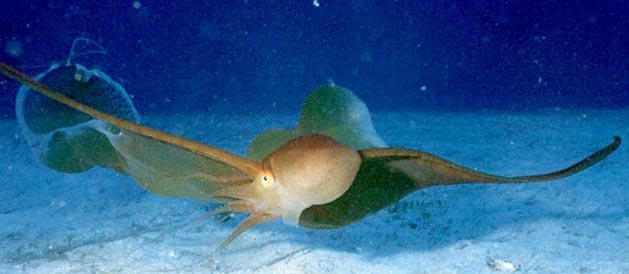
Date: May 12,2001
Time: 09:06 AM
Depth:68 Feet
Dive: Time 43 Min.
Water: temp 79 F.
Est. Vis.: 70 FT.
Location:Delray Beach Ledge FL. N 26 – 27 – 96.7
W 080 – 02 – 67.5
Rob Rush
Yet, these divers weren’t spectators in a fictional world; they were witnesses to one of nature’s most theatrical displays.
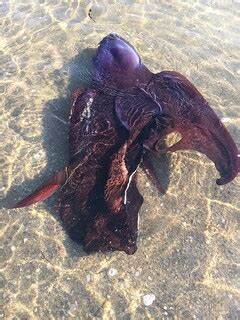
The blanket octopus, known scientifically as Tremoctopus violaceus, thrives in subtropical and tropical oceans and is known for its nomadic invertebrate lifestyle, rarely sighted due to its open-ocean habitat.

What makes the female of this species so remarkable isn’t just her superhero-like cape, but the startling size difference between her and her male counterpart, a phenomenon termed sexual size dimorphism.
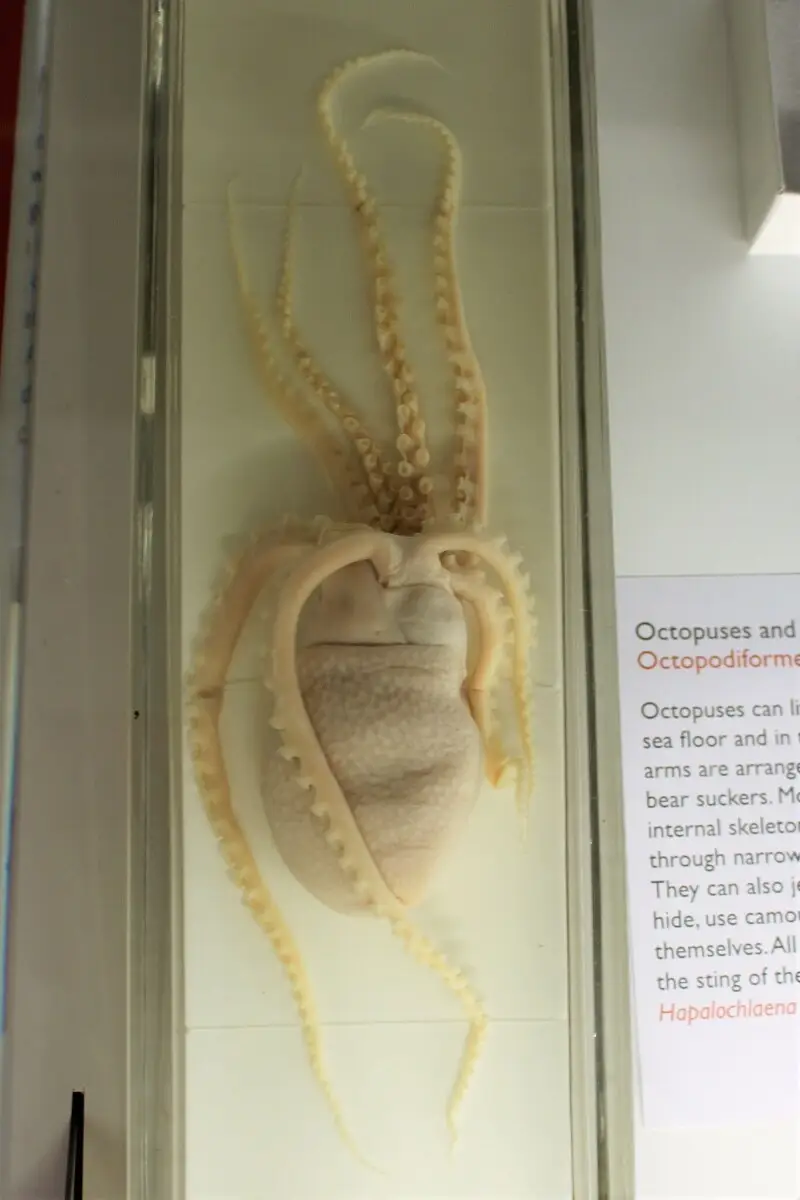
While the male is no larger than a walnut, the female can grow to an impressive 6.6 feet in length, and weigh up to 40,000 times more.
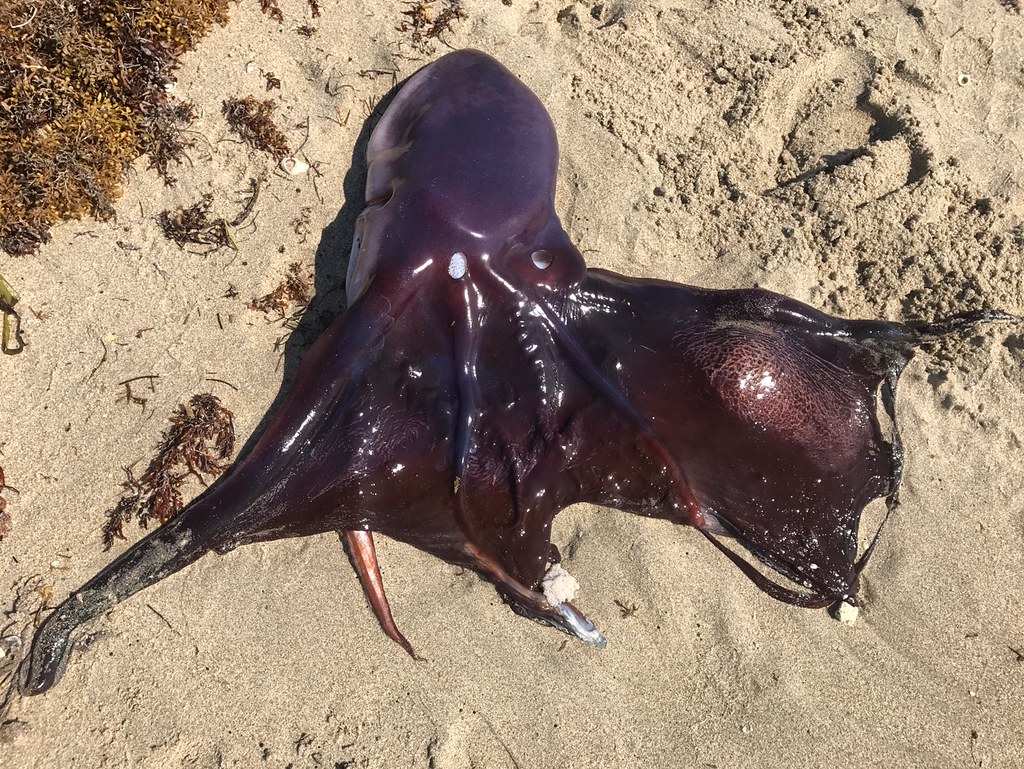
This vast size difference is not for show; it’s a matter of survival and reproductive strategy. Males dedicate their short lives to the singular purpose of producing sperm and locating a female, while females must be robust to nurture and protect their progeny.
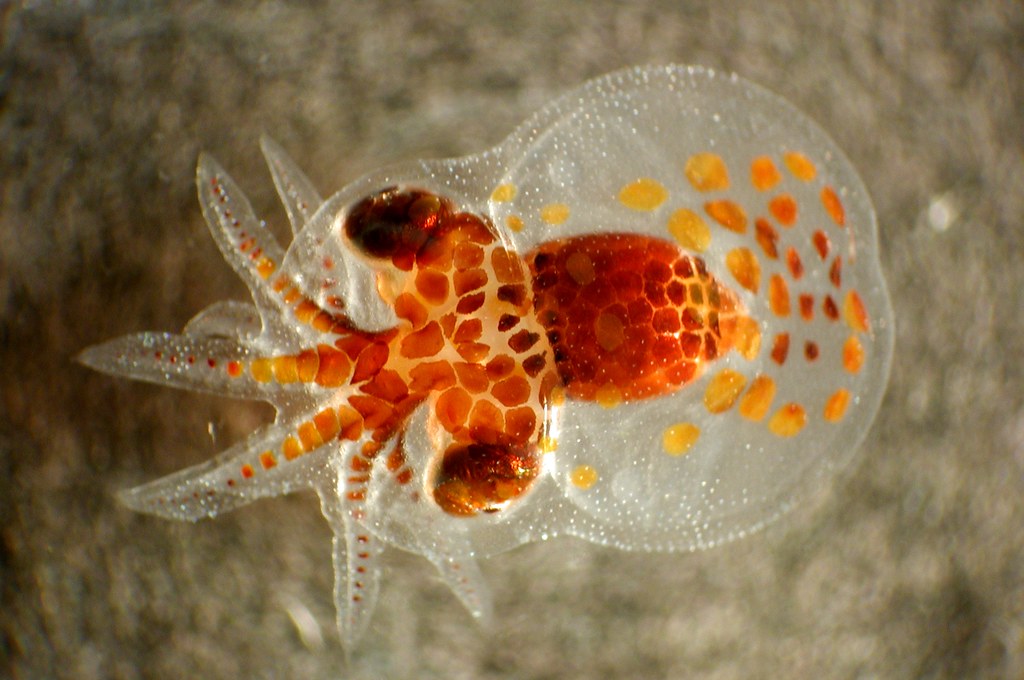
Astonishingly, the male’s entire life culminates in the donation of a single detached mating arm, the hectocotylus, to the female, which she stores in her mantle cavity until ready to fertilize her eggs – numbering over 100,000.
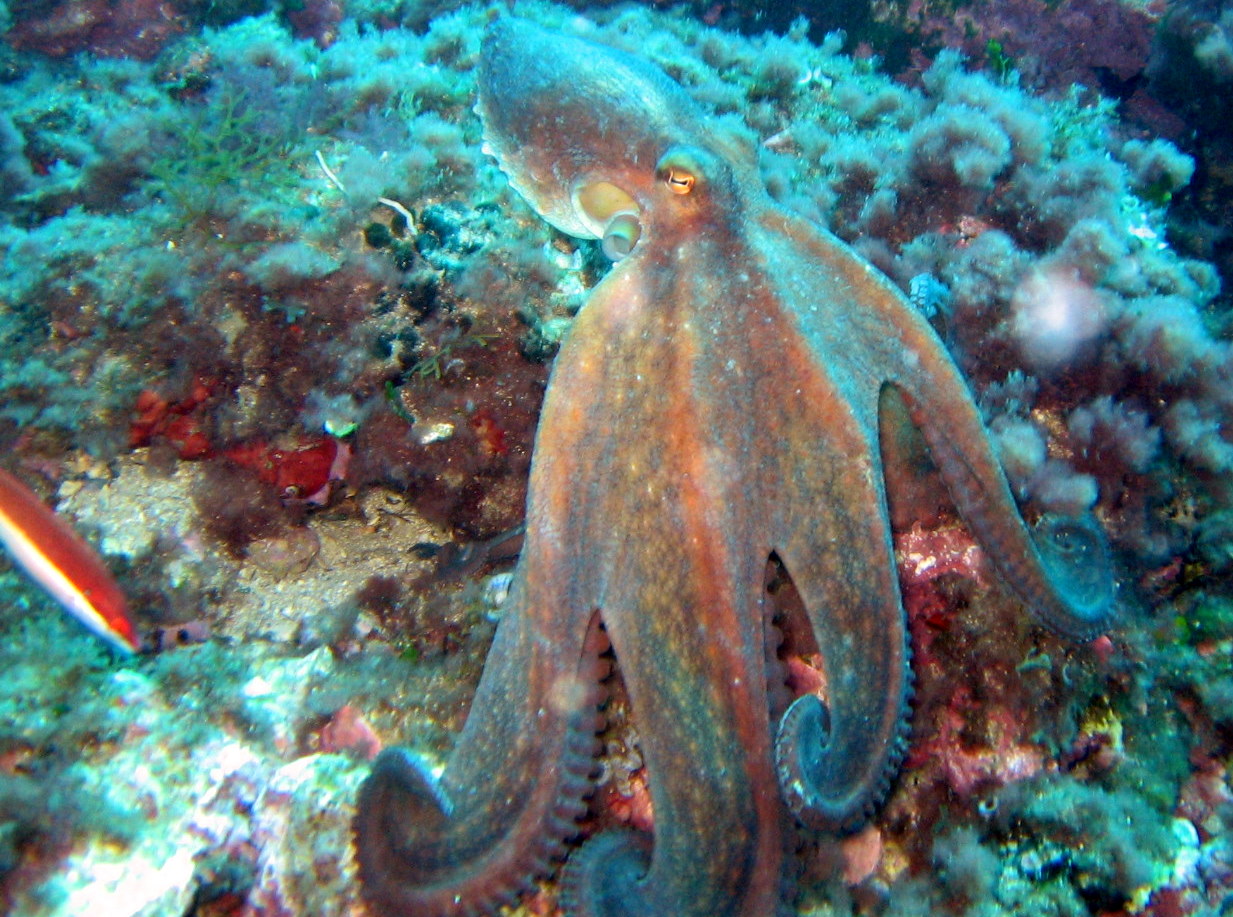
The female’s superhero cape serves more than an aesthetic function. In a world where hiding is not an option, this cape can unfurl to intimidate predators, suggesting a much larger size and even displaying eye spots that could deter attackers.

If this display isn’t enough, the female blanket octopus has another trick up her sleeve – or rather, her cape.
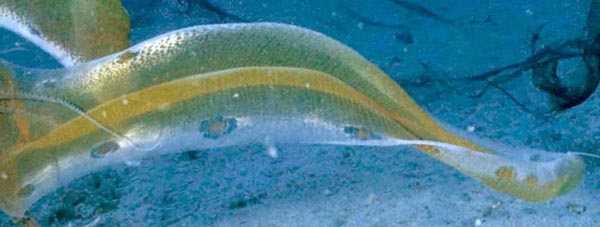
The Info on the Octopus was recorded by my dive computer and a GPS.
Date: May 12,2001
Time: 09:06 AM
Depth:68 Feet
Dive: Time 43 Min.
Water: temp 79 F.
Est. Vis.: 70 FT.
Location:Delray Beach Ledge FL. N 26 – 27 – 96.7
W 080 – 02 – 67.5
Rob Rush
She can amputate parts of her cape in a sacrificial tactic to confuse predators, allowing her to escape unharmed, a behavior known as autotomy.

Perhaps most intriguing is the blanket octopus’s interaction with one of the ocean’s most feared creatures, the Portuguese man o’ war. The octopus is somehow immune to its stinging tentacles, and juveniles and males have been known to wield these tentacles like nunchucks or tasers against adversaries.
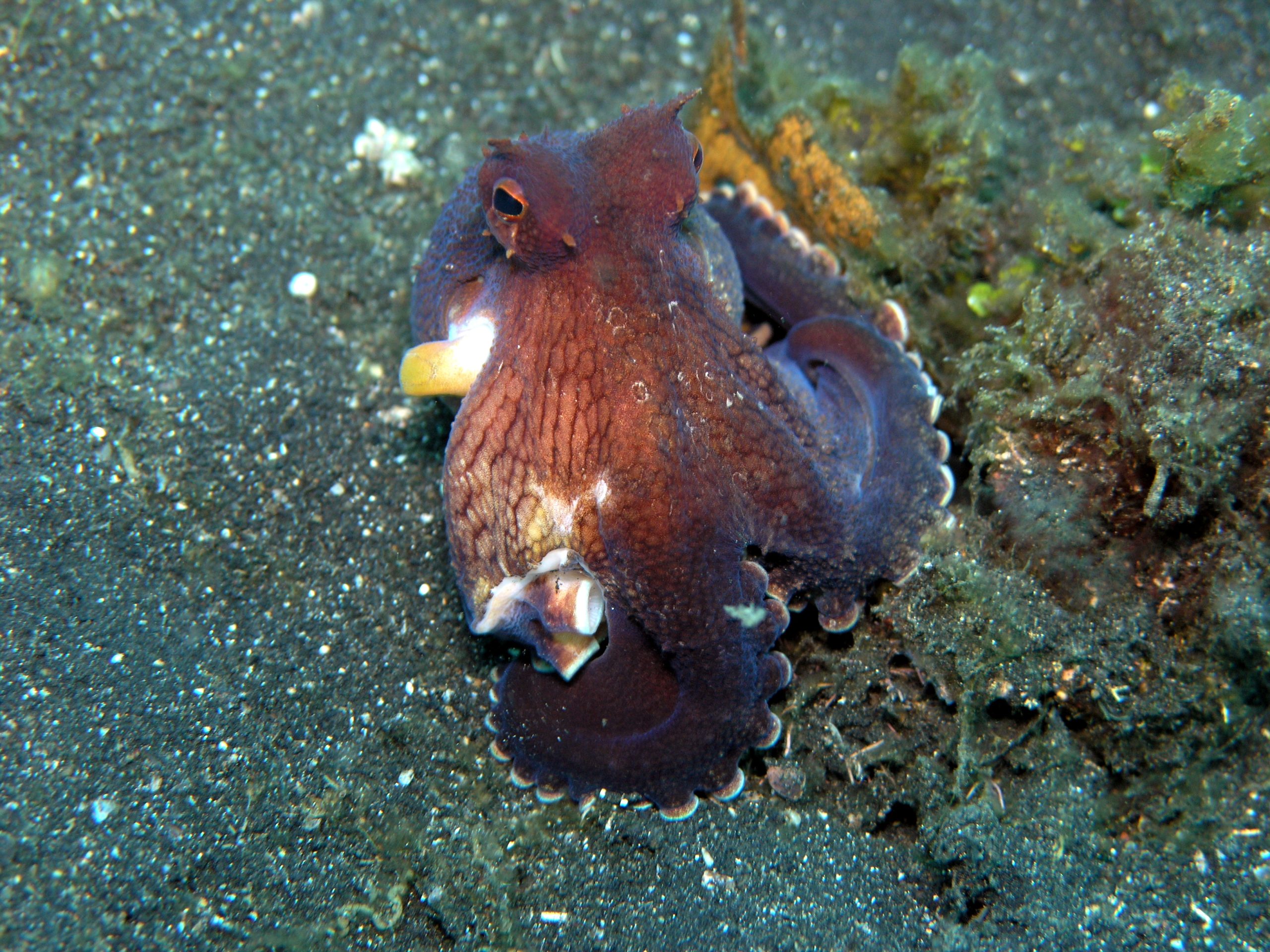
As for reproduction, the event is simultaneously a beginning and an end for the male blanket octopus. After transferring his hectocotylus to the female, his purpose is served, and his life draws to a close.
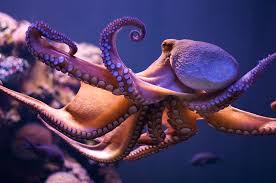
Meanwhile, the female prepares for the next generation, carrying her eggs on a self-grown rod made of calcium carbonate, ensuring they stay oxygenated and protected until they are ready to hatch.
Relevant articles:
– Fun Facts About The Female Blanket Octopus (Superhero Of The Sea), OctoNation – The Largest Octopus Fan Club!
– Blanket Octopus Facts, National Geographic
